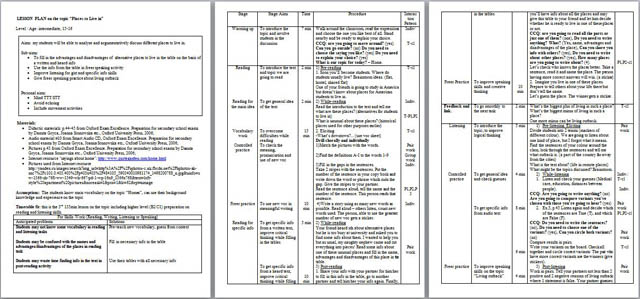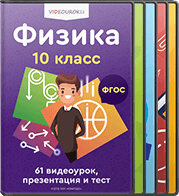План урока разработам по международным стандартам и содержит все этапы урока, начиная с разминки и заканчивая дополнительными заданиями. Ребята узнают о необычных местах, приспособленных для проживания.
Новую информацию им нужно использовать для заполнения таблицы, а потом использовать систематизированную информацию в устной речи, анализируя все места. Урок разработан таким образом, чтобы каждый учащийся был активным участником учебного процесса. План содержит информацию о возможных сложностях, с которыми могут столкнуться учащиеся и возможные способы их решения. Вся информация на английском языке.
Aims:
my students will be able to analyse and argumentatively discuss different places to live in.
Sub-aims:
To fill in the advantages and disadvantages of alternative places to live in the table on the basis of a written and heard info;
Use the info from the table in freer speaking activity;
Improve listening for gist and specific info skills;
Give freer speaking practice about living outback;
Stage.
1. Warming up.
To introduce the topic and involve students in the discussion.
Walk around the classroom, read the expressions and choose the one you like best of all. Stand nearby and be ready to explain your choice.
CCQ: are you going to move around? (yes) Can you go outside? (no) Do you need to choose the saying you like? (yes) Do you need to explain your choice? (yes)
What is our topic for today? – Home.
2. Reading.
To introduce the text and topic we are going to read.
1) Pre-reading
1. Soon you’ll become students. Where do students usually live? Brainstorm ideas. (flat, hostel, shared flat)

One of your friends is going to study in America but doesn’t know about places for American students to live in.
3. Reading for the main idea.
To get general idea of the text.
2) While-reading
Read the introduction to the text and tell me what are these places? (alternatives for students to live in)
What is unusual about these places? (historical places used for other purposes earlier)
4. Vocabulary work.
To overcome difficulties while reading.
2. Eliciting
- What’s downtown?... (use voc sheet)
Drill chorally and individually.
Controlled practice.
To check the meaning, pronunciation and use of new voc.
1) Match the pictures with the words.
2) Find the definitions A-I to the words 1-9
3) Fill in the gaps in the sentences.
Take 2 stripes with the sentences. Put the number of the sentence in your copy book and write down the word or phrase which suits the gap. Give the stripes to your partner.
Read the sentence aloud, tell the name and the number of the sentence. This person reads that sentence.
Freer practice.
To use new voc in meaningful writing.
4) Write a story using as many new words as possible. Read aloud – others listen, count new words used. The person, able to use the greatest number of new voc gets a sticker.
Reading for specific info.
To get specific info from a written text, improve critical thinking while filling in the tables.
2) While-reading
Your friend heard sth about alternative places but he is too busy at university and asked you to find some info about them. I wanted to help you but as usual, my naughty nephew came and cut everything into pieces! Read some info about one of these unusual places and fill in the name, advantages and disadvantages of this place in the table.
Весь материал - в документе.

 Получите свидетельство
Получите свидетельство Вход
Вход












 План урока по английскому языку на тему "Places to Live In" (83 КB)
План урока по английскому языку на тему "Places to Live In" (83 КB)
 0
0 691
691 61
61 Нравится
0
Нравится
0


